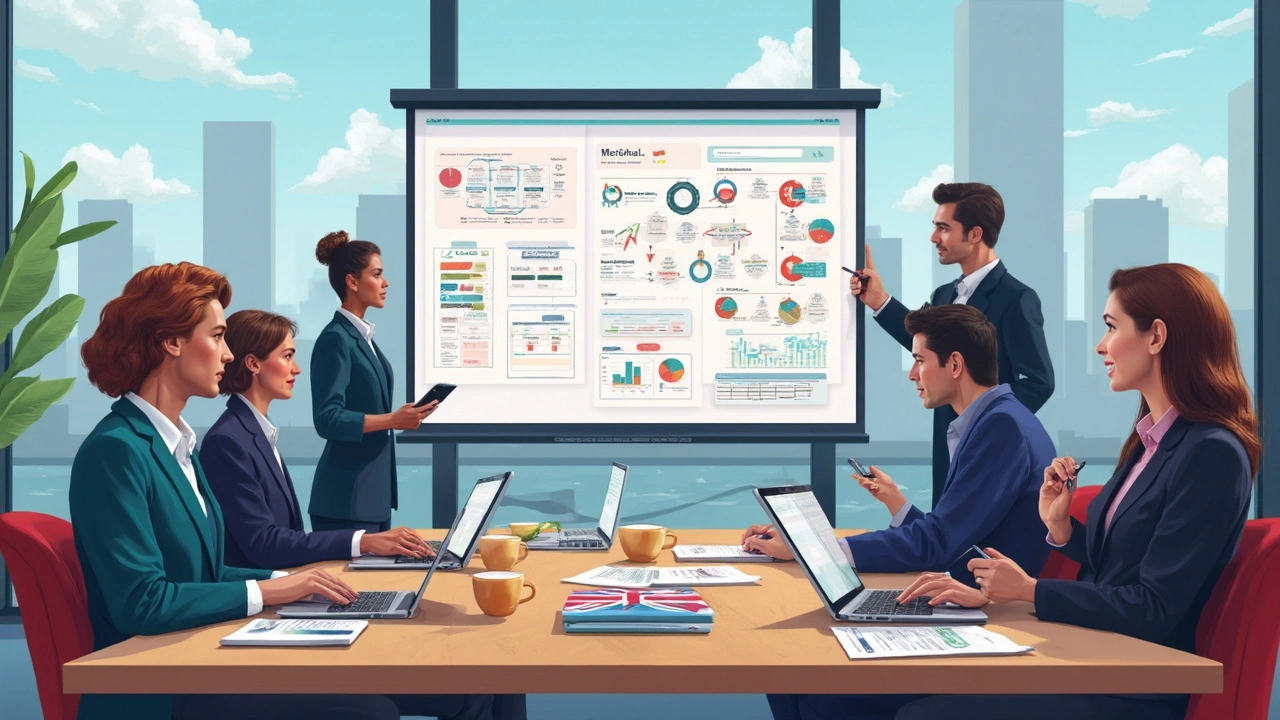Software Cost: A Practical Guide to Budgeting and Saving
If you’re buying a new app for your home or business, the first thing you want to know is how much it will really cost. The price tag on the website is only the start – there are licensing fees, upgrades, support charges and sometimes hidden extras. In this guide you’ll get straight‑forward advice on what to look for, how to compare options and how to keep the total spend under control.
Understanding Different Pricing Models
Most software sellers offer three basic models: one‑time purchase, subscription and pay‑as‑you‑go. A one‑time purchase gives you a perpetual license, but you may still pay for updates after a year. Subscriptions charge a monthly or annual fee and usually include support and new features. Pay‑as‑you‑go lets you pay for actual usage, which can be cheap at low volume but spikes quickly when you scale up. Write down which model fits your usage pattern before you click ‘buy’.
Spotting Hidden Costs
Beyond the headline price, look for implementation fees, training charges, data migration costs and mandatory support contracts. Some vendors bundle these into a “premium” tier that looks cheaper than paying each item separately. Ask the sales rep for a breakdown of every line item and put it into a simple spreadsheet – you’ll see the real total much faster.
Don’t forget the cost of switching later. If you lock into a proprietary format, moving to a competitor could mean paying for data export tools or even hiring a consultant. Open‑source or standards‑based software often costs more upfront but saves a lot if you ever need to change suppliers.
Another hidden expense is downtime. A clunky system can slow down your team, costing you time and money each day. Look for free trials or sandbox environments where you can test the software with real tasks before committing. A few hours of testing now can save weeks of frustration later.
When you compare vendors, use the same metrics. Total Cost of Ownership (TCO) should include license fees, support, training, hardware (if any) and the estimated time your staff will spend learning the tool. Write a quick TCO table for each option – the one with the lowest number isn’t always best, but it gives a clear picture.
Negotiation matters too. Many SaaS providers have room to lower the price if you commit to a longer term or bundle several products together. Ask for a discount for annual payment, for non‑profits or for early‑stage businesses. A 10‑15% cut is common if you ask.
Finally, think about ROI. Estimate the monetary benefit the software will bring – faster order processing, fewer errors, higher sales – and compare it to the total cost you calculated. If the benefits outweigh the costs within a year, you’ve got a good deal. If not, keep looking.
Bottom line: don’t fall for the lowest headline price. Look at the full picture – licensing, hidden fees, support, training and potential downtime. Write everything down, compare TCO, negotiate, and make sure the tool delivers a clear return. With this approach you’ll spend less and get more value from every software purchase.
This article breaks down the real costs behind logistics software, so you know exactly what to expect when budgeting for a new solution. Get the inside scoop on pricing models, hidden fees, and real-world price ranges. Learn what affects pricing the most, from features to user counts and integrations. Find out clever ways to keep costs down without sacrificing what you need for your business to run smoothly. If you’re thinking about logistics software, this guide shows where your money really goes.
May, 20 2025
